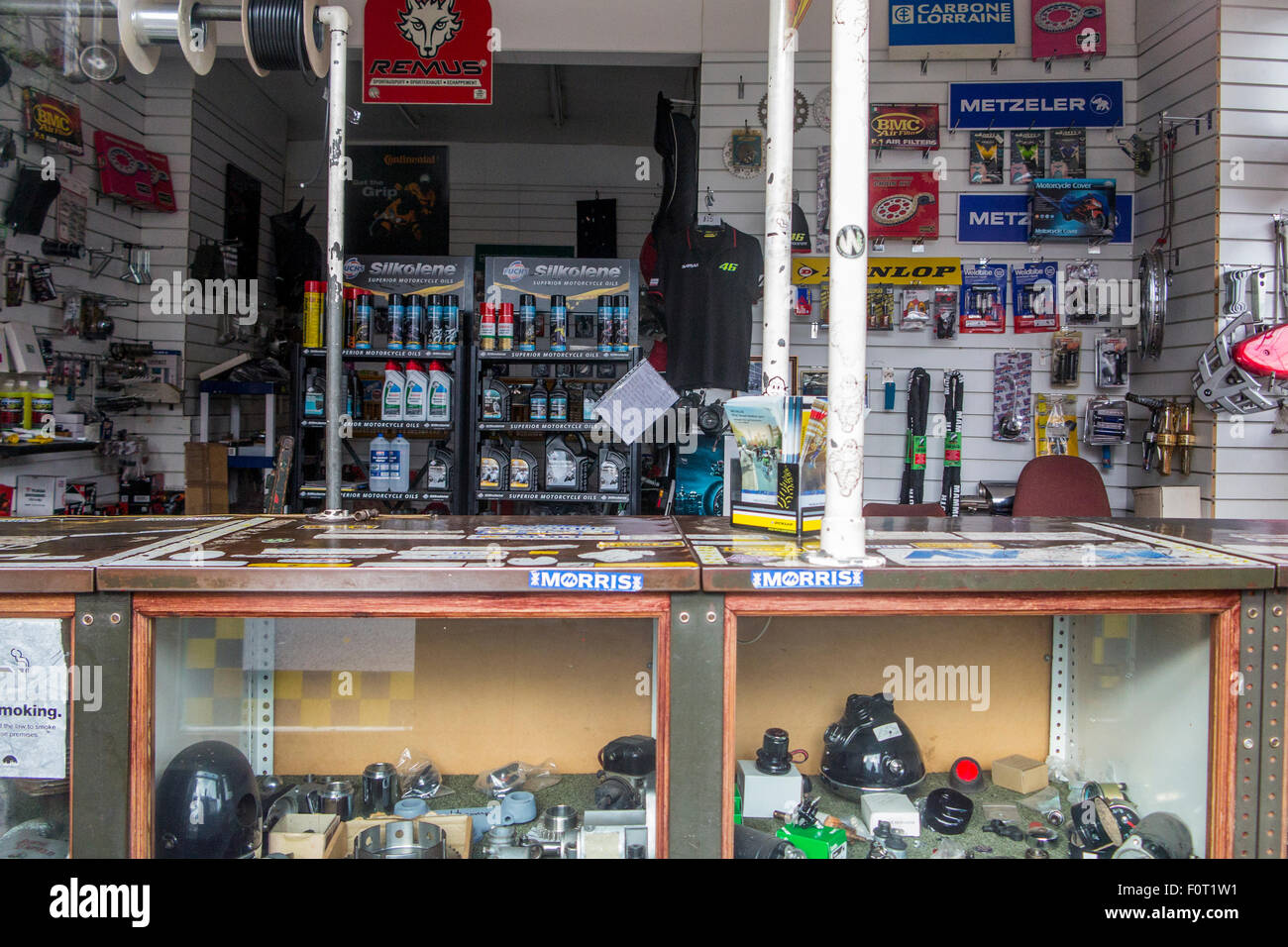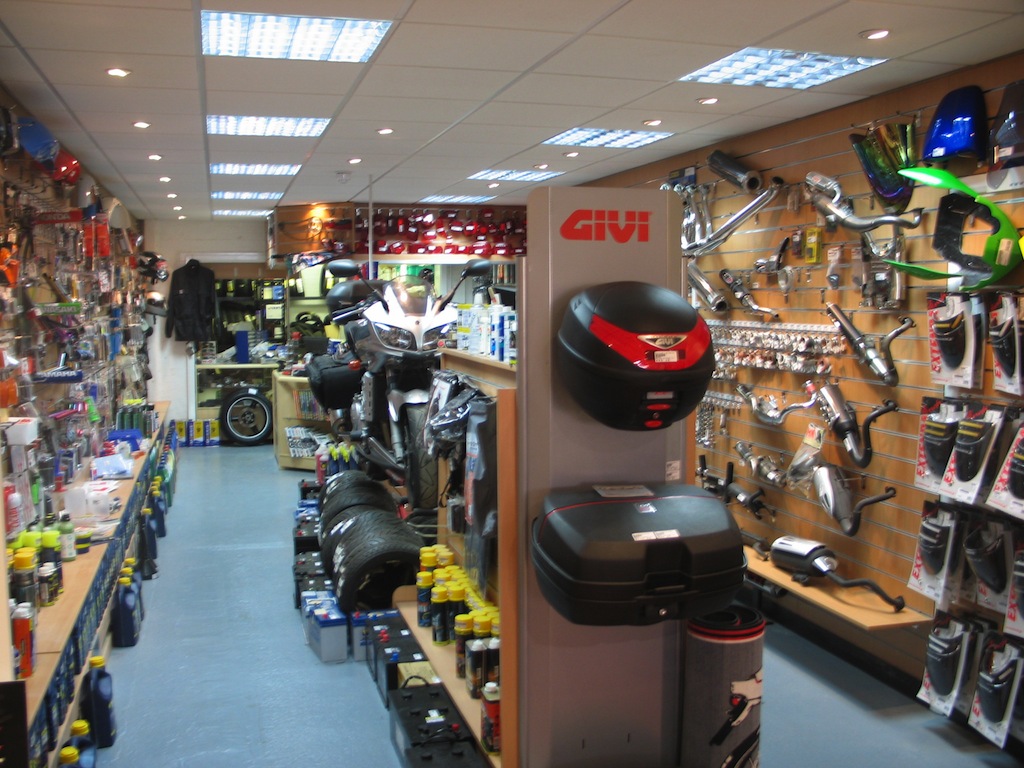Unleash Performance with Costs Motox Parts NZ Available Below
Unleash Performance with Costs Motox Parts NZ Available Below
Blog Article
Recognizing the Necessary Components of a Motorcycle: A Comprehensive Overview for Lovers
For motorcycle lovers looking to raise their riding experience and ensure their bikes run efficiently, understanding the necessary parts of a motorbike is paramount. Each aspect, from the engine's detailed workings to the important duty of the stopping systems, not only impacts efficiency but likewise security and comfort. This overview will certainly stroll through the essential components that every rider need to be familiar with, allowing educated choices in both maintenance and potential upgrades. As we begin this expedition, one must ask: exactly how does each element engage to develop the seamless experience every lover looks for?
Engine Components

The camshaft plays a critical duty in controlling the timing of the engine's shutoffs, making sure the accurate opening and closing needed for reliable gas and air consumption, along with exhaust expulsion. This timing is vital to maintaining ideal engine performance and efficiency. Furthermore, the carburetor or gas injection system, depending on the motorcycle design, is accountable for mixing air with fuel in the right proportion for combustion.
The cooling system, either air or liquid-based, works to keep the engine's temperature within operational limitations, preventing getting too hot and ensuring durability - motorbike shop. Each part, thoroughly created and incorporated, adds to the seamless operation of the engine, specifying the bike's power result and general performance
Transmission System
Important to the bike's capability, the transmission system ensures reliable power transfer from the engine to the wheels. This system consists of several critical components, consisting of the clutch, transmission, and final drive, each playing an essential role in translating the engine's power into motion. The clutch, typically operated by a hand bar, offers to engage and disengage the engine from the transmission, enabling smooth gear adjustments and controlled velocity.
The transmission, often referred to as the transmission proper, consists of a collection of equipments that cyclists can manually shift through to adjust the bike's rate and torque output. These gears are arranged in a sequence that makes it possible for the motorcycle to speed up smoothly and maintain optimum engine efficiency throughout numerous speeds. Many motorcycles make use of a sequential transmission, needing the motorcyclist to shift gears in an established order.
Braking Mechanisms
While recognizing the transmission system is essential to taking advantage of a motorbike's power, equally vital is the ability to control and stop that power successfully, which is where stopping devices enter into play. Brakes are vital for security and performance, offering the rider with the required control to navigate different terrains and problems. Normally, bikes include two kinds of braking systems: disc brakes and drum brakes.
Disc brakes are a lot more widespread in modern bikes because of their superior efficiency. They contain a brake disc, caliper, and pads. When turned on, the caliper squeezes the brake pads against the rotating disc, transforming kinetic energy right into warm, consequently reducing the wheel. This system provides far better heat dissipation, regular performance, and enhanced quiting power, especially in damp conditions.
Alternatively, drum brakes, though less typical, are still located in some motorcycles. They work by pressing brake shoes versus the internal surface area of a drum attached to the wheel. While generally less efficient in warmth dissipation and stopping power, drum brakes are simpler and more nearest motorcycle shop economical.
Comprehending these braking systems' subtleties allows cyclists to keep their bikes correctly and appreciate the design that makes certain secure and effective quiting.
Suspension and Steering
Suspension and guiding systems are essential elements that substantially influence a bike's handling and adventure convenience. The shock absorber, including forks at the front and shock absorbers at the rear, takes in road irregularities, enhancing stability and control. Front forks, usually telescopic or upside you can check here down, compress and rebound to reduce effects, while rear shock absorbers maintain tire call with the road, vital for grip and security.
Steering, centered around the handlebars, connects the motorcyclist to the motorcycle's directional control. The steering head bearings make sure smooth procedure, enabling accurate maneuverability. Proper placement and upkeep of these bearings are crucial for predictable guiding action and minimizing motorcyclist tiredness.
The suspension's adjustability is another crucial aspect; preload, damping, and rebound setups enable personalization to fit various riding conditions and styles. This adaptability is crucial for maximizing efficiency, whether browsing city streets or tackling rugged routes. Advancements like electronic shock absorber supply real-time modifications, enhancing adventure quality across diverse terrains.

Electrical Systems
After making certain a smooth and regulated experience through reliable suspension and steering systems, focus turns to the electric systems, a crucial element of modern motorbikes. These systems play a crucial function not only in beginning the engine however additionally in powering various parts that improve the functionality and security of the bike.
At the heart of a motorcycle's electrical system is the battery, which stores electrical power required for beginning the engine and powering complementary systems - moto parts nz. The alternator or generator, coupled with the rectifier-regulator, makes sure the battery continues to be charged while the bike functions, transforming mechanical power right into electric power and keeping voltage degrees
The ignition system, another essential element, is accountable for stiring up the air-fuel combination in the engine's cyndrical tubes. Modern bikes often utilize an electronic ignition system, using higher effectiveness and integrity compared to conventional systems.
Lights systems, consisting of headlights, tail lights, and signs, are likewise crucial, making certain presence and safety for the cyclist. Added electronic parts such as sensors, control systems, and shows add to advanced functions like gas injection management, anti-lock braking systems (ABS), and digital control panels, better boosting the riding experience.
Verdict
An extensive comprehension of a motorcycle's important components, consisting of the engine, transmission system, braking mechanisms, suspension, steering, and electrical systems, is indispensable for fanatics intending to optimize safety and security, comfort, and efficiency. Mastery of these aspects permits notified decisions regarding maintenance and upgrades, eventually enhancing the riding experience. By integrating this knowledge, riders can ensure their motorcycles run at peak effectiveness and dependability, thereby optimizing both pleasure and long life of their automobiles.
For motorbike lovers looking to boost their riding experience and ensure their bikes run efficiently, understanding the vital elements of a motorbike is paramount.Integral to the motorbike's capability, the transmission system guarantees effective power transfer from the engine to the my link wheels.While understanding the transmission system is vital to harnessing a motorbike's power, similarly vital is the capability to control and quit that power properly, which is where braking mechanisms come right into play. Typically, motorbikes include 2 kinds of braking systems: disc brakes and drum brakes.
An extensive understanding of a motorcycle's vital parts, including the engine, transmission system, braking mechanisms, suspension, steering, and electrical systems, is crucial for enthusiasts aiming to maximize comfort, security, and performance.
Report this page